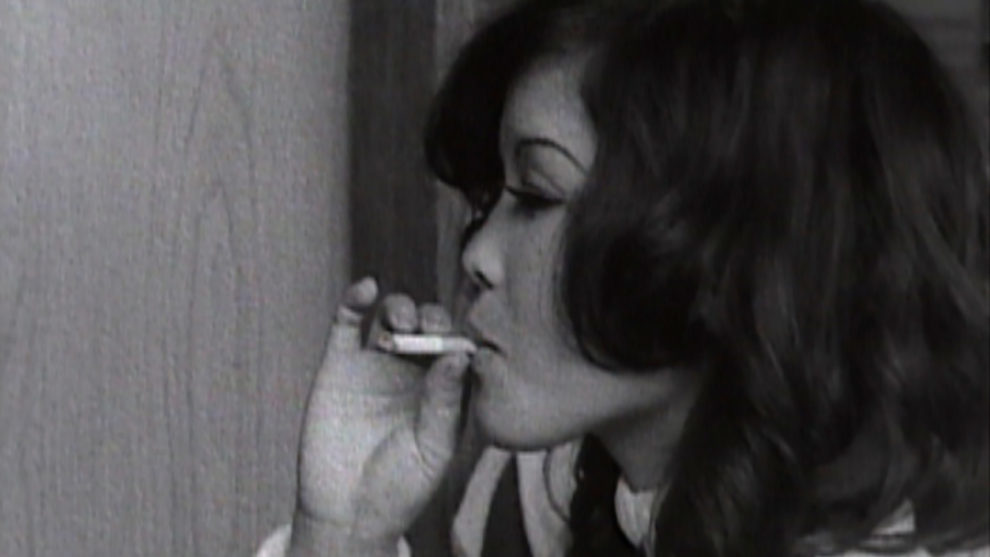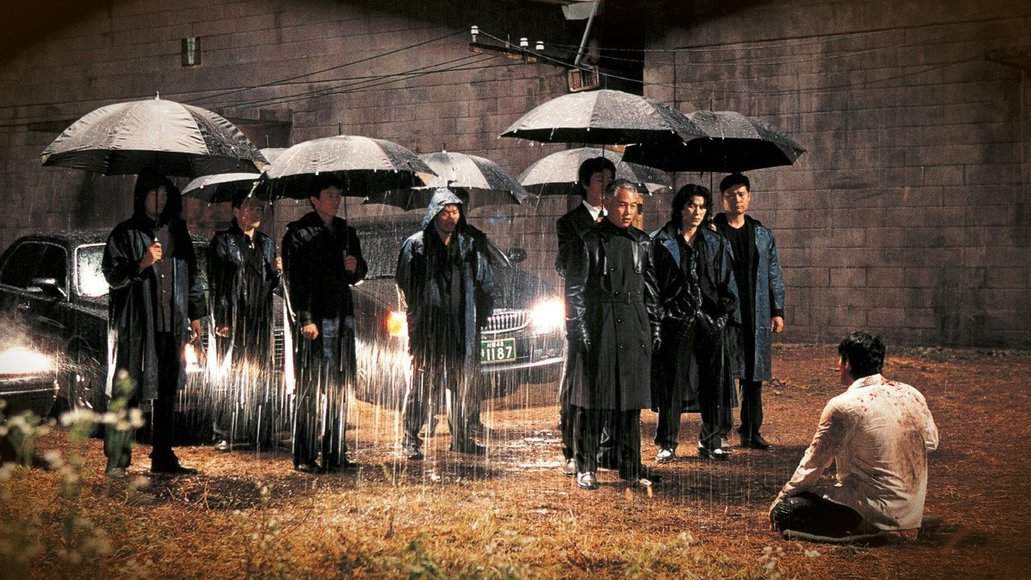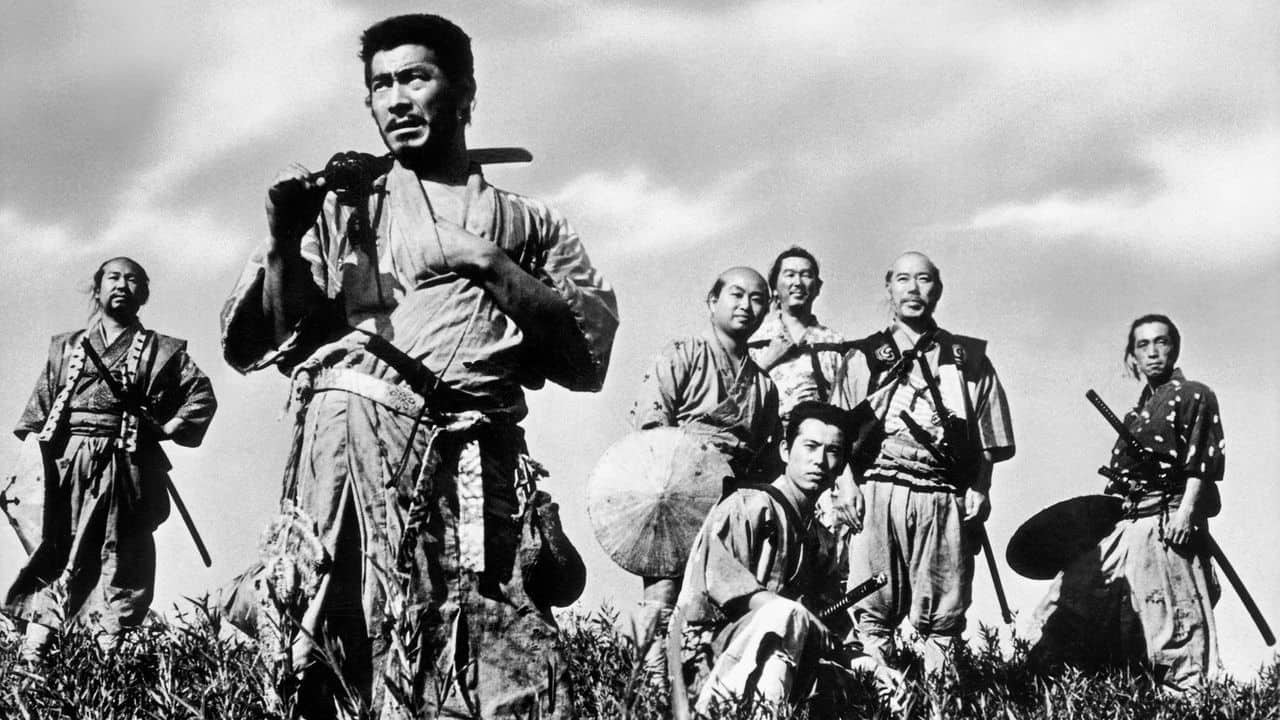Among the four documentaries the Nihon Documentarist Union managed to shoot during it relatively short existence, “Motoshinkakarannu” was perhaps the most ambitious one of work of the collective, considering it was shot from April 1969 to July 1970. The term itself refers to the practice of illegal prostitution, as the majority of the feature depicts daily life in the red districts of Okinawa, but also moves beyond this environment, showing the anti-American riots among other events. Since filming took place in the final years before the reversion to Japan, it is an important and highly enlightening work about the transitional period of a culture and a society , observing how people cope with the change which is inevitable and the present which surrounds them day by day.
Motoshinkakarannu is screening at Japan Society
For those viewers familiar with the works of the collective, “Motoshinkakarannu” presents common ground in its approach to its subject. While the combination of the various segments might seem confusing at first glance, in the long run the links between the various parts or events depicted will reveal themselves, showing a much bigger picture of change and the impact of the occupation by the US. While a woman confesses her mixed feelings about the change which is about to come, young people show their enthusiasm, talking about their future and their possible lives after the US forces are long gone. The idea of companies such as Mitsubishi making their way to Okinawa is one of the many glimpses of the consequences of the reversion, blending the hopes and dreams as well as the fears of many people. Additionally, the footage of the anti-American riots, caught with a shaking camera and with the sound being distorted, highlights how difficult and tumultuous the years will become.
Much like “Asia is One”, “Motoshinkakarannu” is a feature defined by its sense of environment. Each segment gives the viewer a good insight into the various parts of Okinanawan society, driven by a deep skepticism of the US occupation, but also the future as part of Japan, what it means to these people and their culture.
In conclusion, “Motoshinkakarannu” is an interesting an insightful documentary about Okinawa and its people in a transitional period. Much like with the other works, the collective Nihon Documentarist Unions proves to a be a collector of episodes of everyday life, while also being critical of the change which is about to come.















